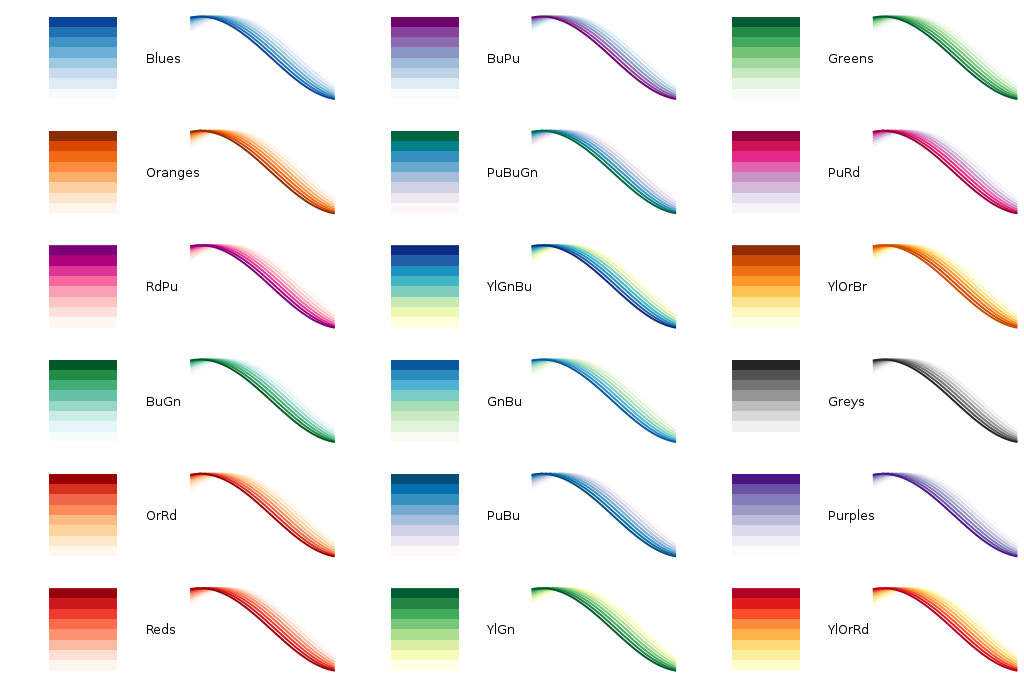
Too obvious to underline, but I do it any way: Red and blue do have political connotations in many countries. Perhaps too obvious to underline: red has connotations of negative and/or danger for many, which can be helpful, and blue can then mean positive.

If white is (as usual) the background colour anywhere, don't use it, but skip from pale red to pale blue. For example, yellow is usually a weak colour while orange and green are usually stronger, so the impression is not even of a monotonic sequence.Īvoid any colour scheme which has the consequence of large patches of strong colour.Ī sequence from dark red to dark blue works well when an ordered sequence is needed. Rainbow sequences (ROYGBIV or red-orange-yellow-green-blue-indigo-violet) may appeal on physical grounds, but they don't work well in practice. Never rely on a contrast between red and green, as so many people struggle to distinguish these colours. (If your pie chart depends on a key or legend, you are likely to be trying the wrong kind of graph.) For a pie chart with text labelling on or by the slices, colour conveys no extra information, for example. Beware fruit salad or technicolor dreamcoat effects. For other kinds of graphs, colours may be dispensable or even a nuisance.Īre your colours all needed? For example, if different variables or groups are clearly distinguished by text labels in different regions of a graph, then separate colours too would often be overkill.

#Gnuplot color palette Patch
For a choropleth or patch map, in which the idea is indeed that different areas are coloured or at least shaded differently, the success of a graph is bound up with the success of its colour scheme. This is all just advice, naturally, to be thought about given the key questions: What is my graph intended to do? What makes sense with these data? Who are the readership? What I am expecting colour(s) to do within the graph? Does the graph work well, regardless of someone else's dogmas?įurthermore, the importance of colour varies enormously from one graph to another. Much outstandingly good advice in other answers, but here are some extra points from my own low-level advice to students.


 0 kommentar(er)
0 kommentar(er)
